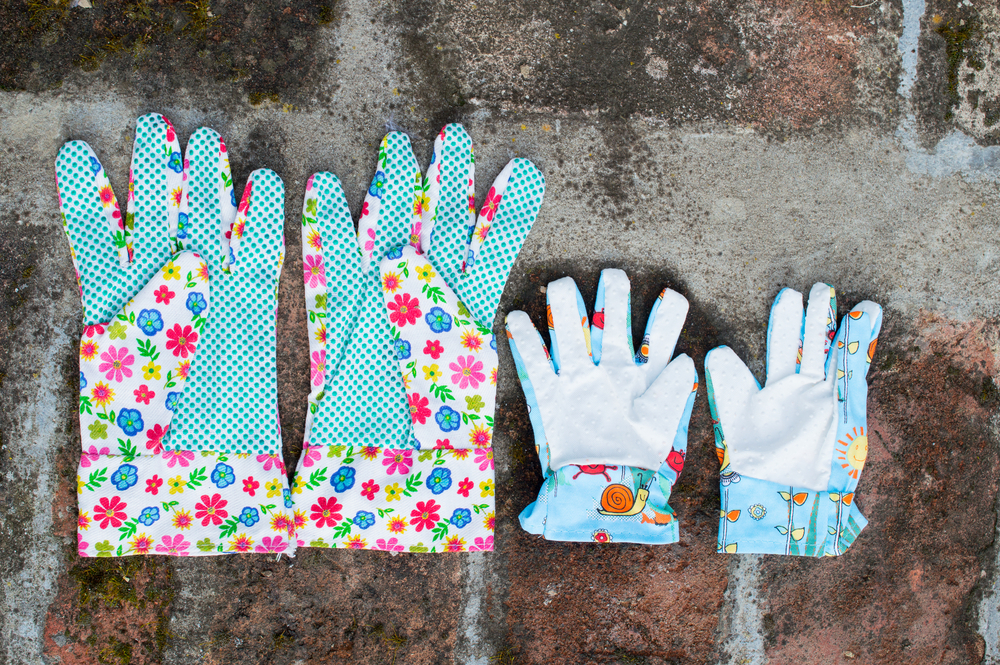A healthy pair of hands is a gardener’s most precious tool, so why not invest a few extra bucks and protect them? Here are a few reasons you should consider getting a pair of strong gloves and which one to choose from. Besides looking really cool, gloves protect our hands from thorns, blisters, and scratches while doing work like pruning or digging in the garden.
All gloves are not created equally
Gardening gloves should be chosen according to the task you are performing. Here are a few tips that will help you figure out which gloves are right for you:
General Use Gardening Gloves
For general gardening look for a pair of gloves that have cloth backing or other breathable material. This will help your hands to stay cool, dry, and comfortable. The material that makes up the rest of the glove will all depend on your preference.
Thicker gloves made from leather offer more overall protection but can be less flexible than a thinner gloves. They can also become a bit awkward when trying to pick up smaller objects because of their thickness.
Thinner gardening gloves do not offer the same level of protection as leather gloves. Nonetheless, they are usually lighter, more flexible, and have better grip. When choosing a lighter glove make sure the finger and palm area is lined with a durable material such as nitrile or latex.
Water and Chemical Resistant
If you are not a fan of getting your hands muddy, then a rubber glove line with cotton is your best option.
Use a chemical-resistant glove when spraying pesticides and other harmful substances. Gloves made from thinner materials such as plastic or latex may not offer the same protection.
Protection from thorns and other hazards
When pruning roses and other thorny plants, choose a glove that is made from a thicker material like leather. Thinner gloves, simply will not cut it since thorns can penetrate them very easily. Be sure to choose a glove that covers most of the arms. This will come in handy when reaching into bushes and other places.
Doing delicate work
Try using fingerless or lighter cotton gloves for more delicate work such as transplanting seedlings. These types of gloves offer more dexterity and help avoid damage when handling tiny roots.
Choose the right size
Be sure the get the right size gloves for your hands. A glove that is too tight might be easier to break and gloves that are too loose will make it very uncomfortable when trying to grip. Do not rely on the tag since glove sizes may vary from one manufacture to the next. If you are in the store give them a quick try to see if they fit comfortably.
When purchasing online check for a size chart or ask the seller for the glove specification. Do not be embarrassed to try on a pair of kid’s size gloves, if your hands a smaller than what is available.
Using the right size gloves can make the gardening experience a lot more pleasant. Your gloves should offer protection as well as be comfortable to use.

